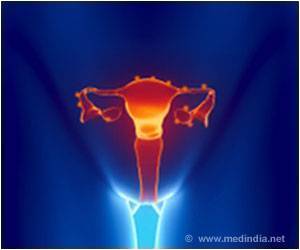
‘The findings contribute towards the understanding of how mechanical stimuli is detected and transmitted from female reproductive organs and uncover potential molecular targets to investigate as novel therapeutics to relieve painful intercourse. ’
Tweet it Now
"Very little is known about which ion channels are in charge of detecting painful stimuli from the female reproductive tract; and how pain is transmitted via peripheral sensory nerves (innervating these organs) to the central nervous system," says Dr Castro Kraftchenko. "Also, little is known about how mechanical stimuli is detected and transmitted from female reproductive organs to the Central Nervous System.
"This lack in knowledge provides a limiting factor for developing treatments for painful intercourse associated with endometriosis and vulvodynia.
"The aim of our study is to fill this gap in knowledge. this study provides novel findings advancing the understanding of vaginal sensation that can be used to recognise and explore changes in states of chronic pelvic pain associated with endometriosis and vulvodynia."
The study - Pharmacological modulation of voltage-gated sodium (NaV) channels alters nociception arising from the female reproductive tract, by Joel Castro Kraftchenko, Jessica Maddern, Andelain Erickson, Ashlee Caldwell, Luke Grundy, Andrea Harrington and Stuart Brierley, published in the journal Pain (DOI: 10.1097/j.pain.0000000000002036) - describes how sensory nerves innervating a vagina (tested on mice) respond to different mechanical stimuli.
Advertisement
"With this, we hope to ultimately improve the quality of life of patients with endometriosis and vulvodynia."
Advertisement












